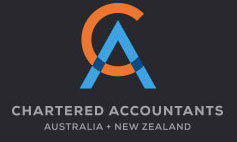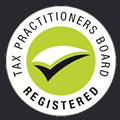27 November 2022
Fresh statistics released by the ATO reveal that the superannuation gender cap is very real.
While the average super balance for a man is $161,834, for a woman it’s $129,506 – a massive 25% difference. This gender gap begins in peoples’ twenties, mostly caused by wage differences and time off for children, and by their early thirties it is already 20%. A man aged 30-to-34 has an average super balance of $48,603 and a woman $40,479, the ATO data shows. The compounding impact of this difference alone over time is significant.
There are at least three key strategies that can be implemented to help close this gap.




